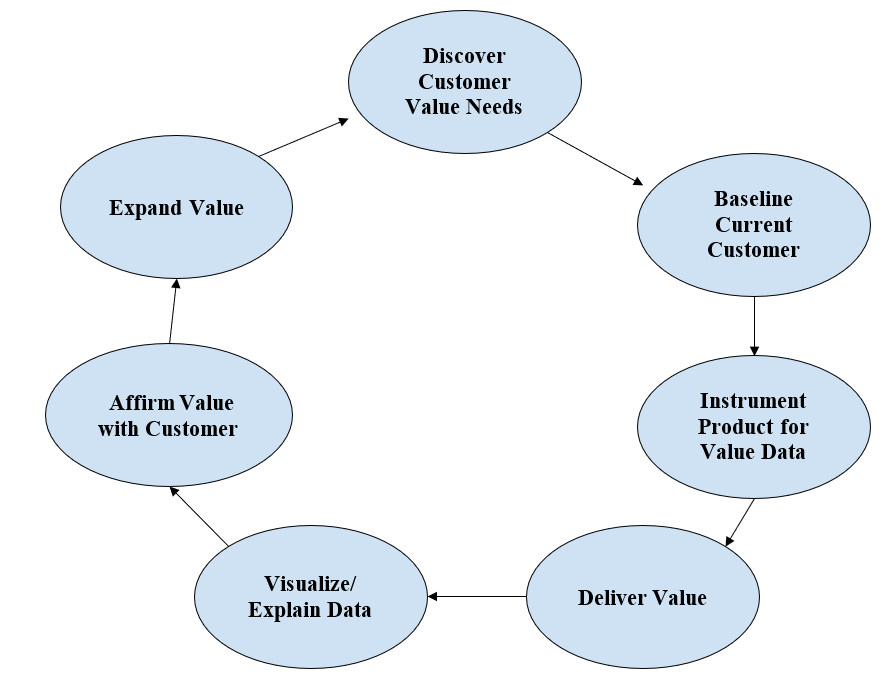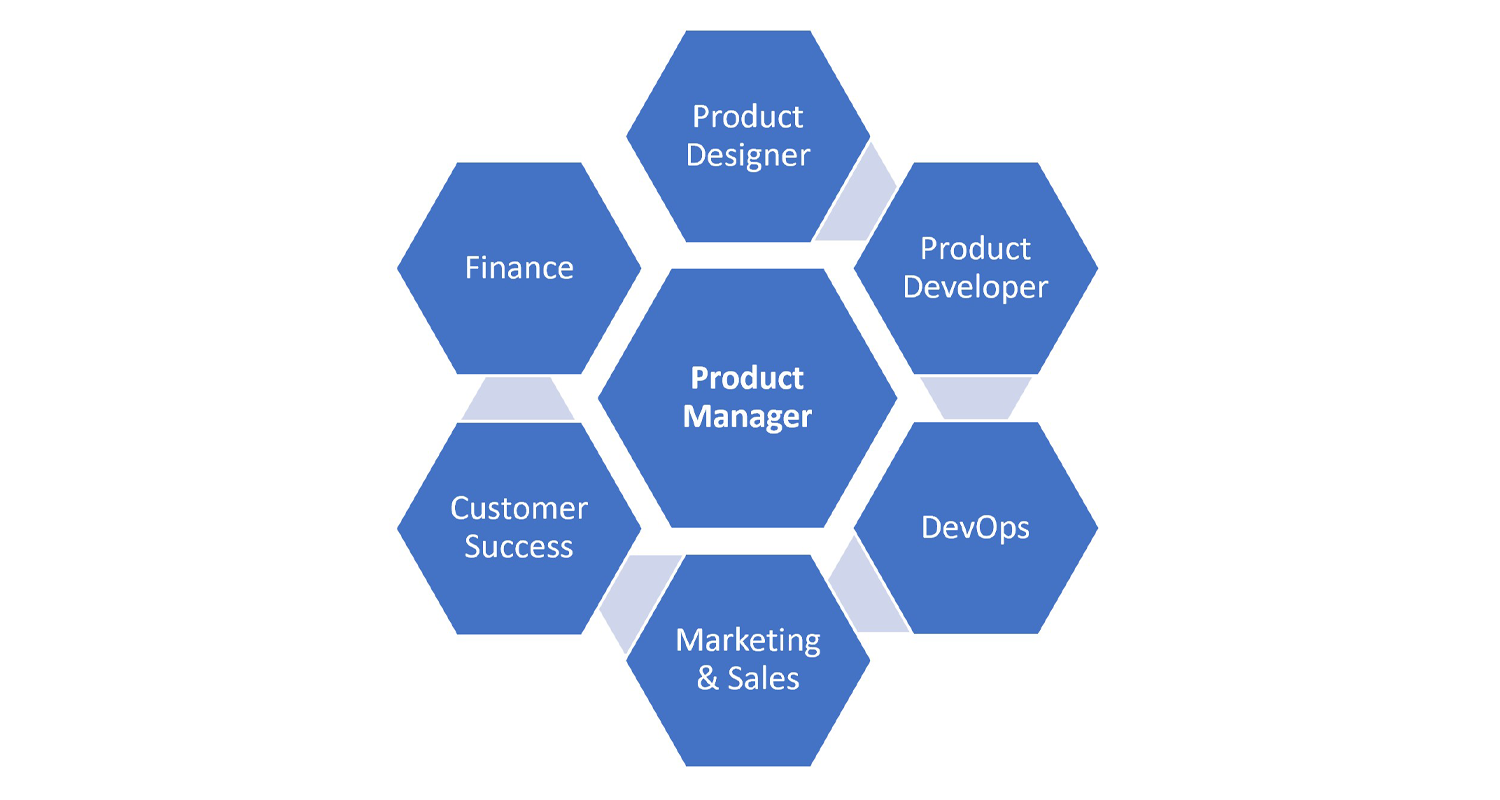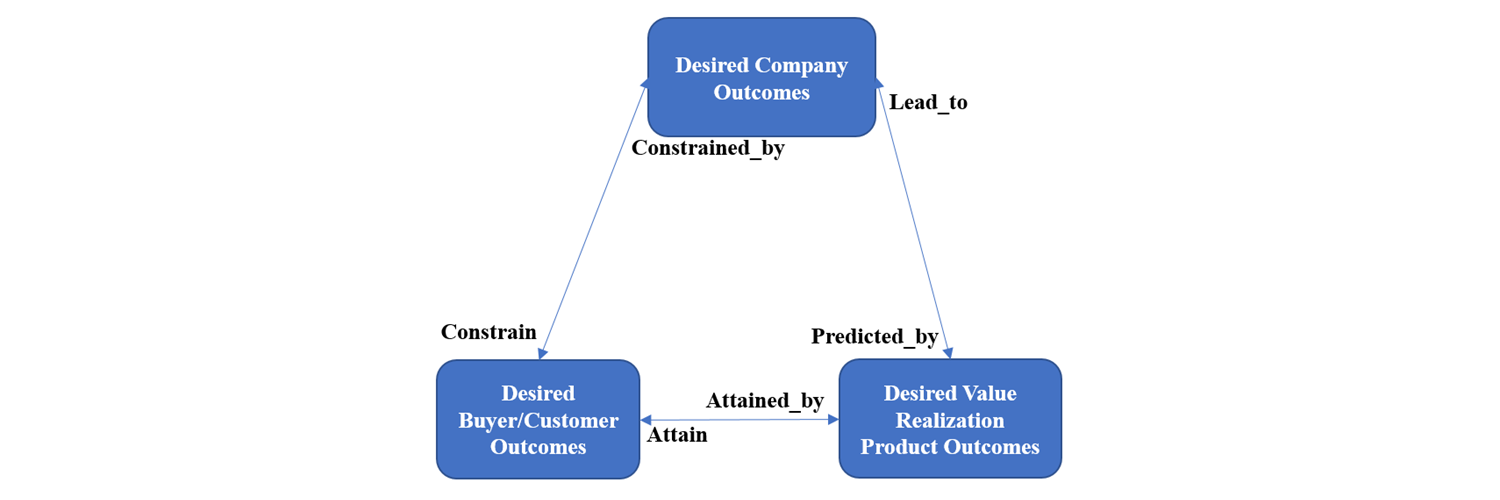Customer success is closely tied to customer value realization (CVR) and therefore requires CVR to be a first-class citizen in the SaaS product landscape. While we are moving more towards outcome-driven product management, there is still an over-emphasis on feature-driven product management. This leaves many SaaS customers asking the question, “What value has the product delivered for me lately?” unanswered by the product itself.
A story here is illustrative. I recently had a discussion with a rapidly growing SaaS company CEO. We discussed churn management and how he was planning to manage churn at scale as the company had doubled ARR in the past 12-months. He shared the story of a customer who was going to churn. When his CSM rep notified the CEO of the impending churn, the CEO said, “That makes no sense. Our product has delivered over $100,000 of revenue to the company at an annual cost of under $5,000. Let me talk to the customer.” He indicated when he Zoomed with the customer, he popped a few internal screens and spreadsheets that the customer did not have access to and demonstrated that the product generated in excess of $100,000 of revenue. The customer agreed with the analysis and indicated that he had no idea this was the case. He decided to renew on the spot. The CEO said, “That’s how we plan to deal with churn. Let’s try to scale that for upwards of 10,000 customers!”
I don’t think so. This is an all-too-common scenario of products designed without explicit attention to making the value they deliver readily apparent to customers on a real-time, self-serve basis.
Having established the CVR problem, let’s consider a CVR framework that explicitly manages CVR as part of a whole product. Every CVR framework must be born out of customer discovery, in jobs to be done, pain points and desired outcomes. Indeed, outcomes and how the customer expresses them are the language for value realization.

There are categories of tools spanning product analytics and CSM that are nearby category neighbors of CVR. At the moment, a key difference between the emerging CVR category and CSM is that CSM is focused on driving product adoption and utilization and not as much on CVR. To be sure, CVR can be difficult to quantify in some product scenarios (e.g., especially where the product value is related to emotional well-being, social good, etc. Example: what would CVR look like for Spotify?). Nonetheless, a focus on CVR is a worthy investment, even in such difficult cases. CVR takes a good deal of experimentation and customer dialog to create acceptable measures of value.
Gainsight coined the term value gap. I extend their notion of value gap to customer value realization gap (CVR Gap). Most SaaS products experience some level of a CVR Gap:
CVR GAP = Product value realized and understood by the customer –
product value expected by the customer
Intuitively, a high positive CVR Gap indicates that the value realized and understood by the customer far exceeds the customer’s expectations. This is a good thing, and may well lead to an impressive NRR per customer. A CVR Gap of 0 means the product value realized and understood by the customer matches the customer’s expectations. A high negative CVR Gap indicates that the value realized and understood by the customer does not come close to meeting the customer’s expectations. This is a bad thing. NRR less than 100% and churn would likely occur in this scenario.
While simple, the formula illuminates a number of key CVR concepts. First, it requires that we understand the value a customer expects from our product. Secondly, it requires that customers can understand and perceive the value they receive from our product. Thirdly, it implies that not all products deliver on the value expected by the customer. Value gaps exist for many reasons, including lack of product x market or customer fit, lack of customer awareness of how to exploit the product to realize value, lack of a self-service CVR capability in the product or the fact that some products simply fail to deliver value.
Product teams must embrace a customer value realization discipline as part of their product vision and plan. A robust customer value realization capability should be a first class citizen in every product with explicit product management focus. I have seen this focus take two forms. The first is where each product manager explicitly has a CVR capability as part of their product. The second is where a purpose-built CVR product management role is formed to manage the CVR capabilities as a factored out common service across the product suite.
Here is a simple test I use with product teams:
- Can you show me the self-service capabilities available to users to demonstrate to them the value they are receiving from your product?
- Does your customer routinely acknowledge and affirm the value they receive from your product?
How would your product team answer these two questions?
What are your thoughts on value realization? Can you offer examples of products that do CVR well?





